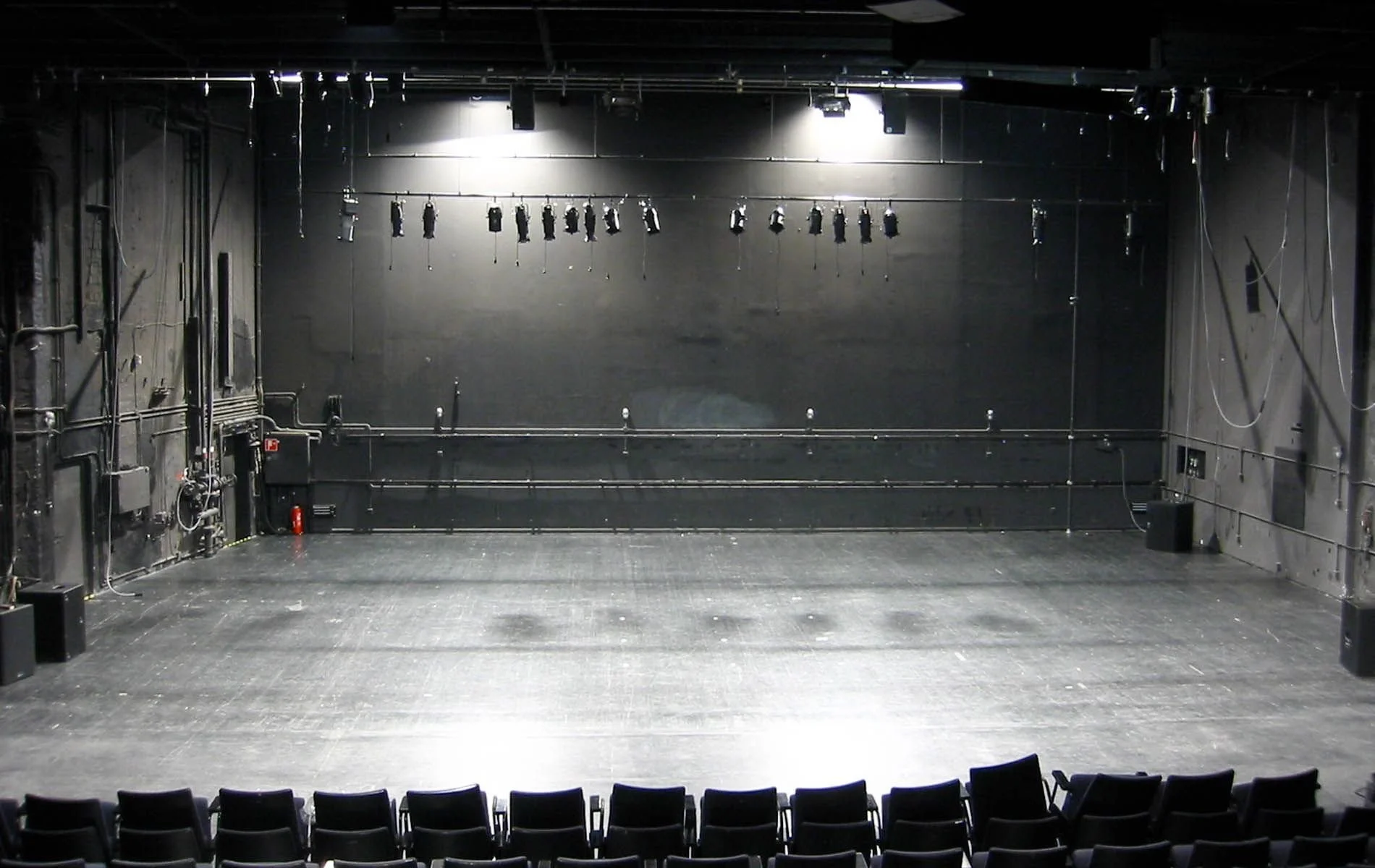Professional vs. Community theatres: Make Art, Not War
by Paul Atreides, Guest Editorial
A new-old battle is cropping up: and artist pay. Over the years, I’ve served in the trenches on both sides. This go-round, it feels somehow tied to the WGA and SAG-AFTRA strikes; artists who rely on their craft to make a living should be paid.
Though widespread, pay is particularly at issue in the San Francisco Bay Area where professional companies are waning, creating a lack of paying gigs. As those actors turn to community theatre companies to fill the earnings gap, the complaint is that local troupes pay directors, musicians, designers, and tech positions then tell the actor to go pound sand.
Many community theatres have taken to paying an artist stipend, but many don’t. Or, as the professionals are accusing, won’t. Indeed, some demanding a paycheck are told, “If you don’t like it, go somewhere else.” Volunteers are hiding in the woodwork and eager to hit the boards. Many times “We can’t afford it” is put forth. To which the pros call bullshit, pointing to grant monies and sustaining patron and corporate donations. As two actors put it, “The math doesn’t math.”
The actors have a point. If that is how they make their living, they need a living wage; they have expenses, too. The theatre I cut my teeth on recently began paying actors $250 per run, saying they couldn’t afford more. It seemed fair, until….
This actor related how some non-profits aren’t quite forthcoming: “I was a front runner for a part, my dream role, actually. After a month-long callback process, the production ended up paying to bring someone from another state. Which included actual pay, board, and per diem.”
Doesn’t seem fair, does it?
Let’s break it down.
First, delve into the non-profit financials because, as one actor I worked with years ago said, “An Equity card does not an actor make.” In other words, that card in the pocket doesn’t automatically equate to talent.
That company I cut my teeth on had a paid full-time staff of eight and depended on volunteer actors. The second one in my 30+ years relied on volunteers for everything in the early days, struggling to stay open. Now they pay for set building, light hang and focus, and musicians; everything else is volunteer. As they prepare to open the 46th season, overhead costs are astronomical. $10,000 per month in rent. Add power for heating and A/C and running the stage lights, and add maintenance of not only the venue but the equipment.
Now consider the costs of a production. Royalties for The Play That Goes Wrong are $130 per performance plus other required costs; we won’t even broach musicals. Royalties are sure to increase again when the WGA settles. Rent or buy costumes, props, and set pieces…. It all adds up faster than James Patterson can publish novels.
It may seem as if I’m making the case for only the non-profits. However, the bottom line is it’s very expensive to run a 501(c)3 community theatre. Existing companies compete for the same ticket-buying public, the same donation dollars, and the same base talent pool.
In the end, both sides have validity. With theatres still struggling to regain pre-pandemic audiences, can they keep the doors open? With actors struggling to meet ever-rising expenses for everyday survival, can they work for next to nothing or for free?
Professional designer Katharine Gonzalez states, “As a designer, yes, I get paid for doing these shows. I'm a professional sound designer who does professional shows for a living and community theatre for my heart and soul. That's my truth. The community shows pay me a fraction of what I make on a professional engagement. It's my professional gigs that allow me to work the non-profit gigs and help the non-profit companies by adding professional level experience….”
The only thing either side cannot do is give up. Just as the WGA and SAG-AFTRA can’t. Film, TV, and theatre are the conduits for broaching tough subjects and delivering them to the masses. Books, magazines, or newspapers cannot match the fire and emotion of theatre or film. But theatre makes the bigger impact, it’s more immediate. As Gonzalez intimates, it’s more…personal.
Melissa Jones, Development and Education Director for Silicon Valley Shakespeare, puts it best. “…the only way to get more money to the artists is to get more money into the system. And the only way to do that is to make change within the system by both working with it while pushing back against it to reshape it. … This is a big-picture, long-term problem in order to address a systemic issue with how the arts and its value are perceived overall by society.”
There are paths to be explored.
The best way forward for both is to cease the battle. Work together to find common ground that will improve the outlook for all. Join forces. Individual artists can propose a production and go for grant money, or find a patron willing to foot the bill for their performance in that particular show. Companies can approach a corporation to fund a particular actor in a particular production that might tie in to a product.
Make art, not war.
While there are resources in most (if not all) states, Sarah O’Connell, at EatMoreArtVegas, suggests starting at Americans for the Arts, “an organization for Theatre and all other NEA-related disciplines.”
Paul Atreides is a writer, playwright, and longtime critic & columnist for the Las Vegas Review-Journal. www.paul-atreides.com
